This is an outfit that I wear for afternoon recitals - it's dressy but not formal, and more importantly, it's something that I can play comfortably in.
Musicians frequently resort to black as our default wear because that's what fills our closets - however, for me, that makes it all the more exciting when I get to wear color! Blue is one of my favorite colors, and I pick bright colors that will show up well on stage and be seen from a distance.
It's important to dress up for recitals. Even for more casual, daytime concerts I never wear jeans or tennis shoes.
I shop at outlets and rely on sales a lot, because rehairing my bow and putting new strings on my violin takes most of my budget. Nordstrom Rack, the Talbots outlet, Goodwill, and designer consignment stores are my go-to places for recital clothes.
Another note - if you're used to practicing barefoot or in slippers like me, it's important to practice in your dress shoes in the week before a performance to get used to the feel. You should do your dress rehearsal wearing your shoes the entire time. You might be the type of person who can wear stilettos and run a marathon - but if so, make sure you practice violin in those shoes first!
| Earrings: Handmade by my cousin Sarah |
Necklaces are also something to watch out for - I wear a thin chain with a small charm on it. As a violinist, I avoid big necklaces because they can make your instrument buzz.
Happy recital season, everyone!
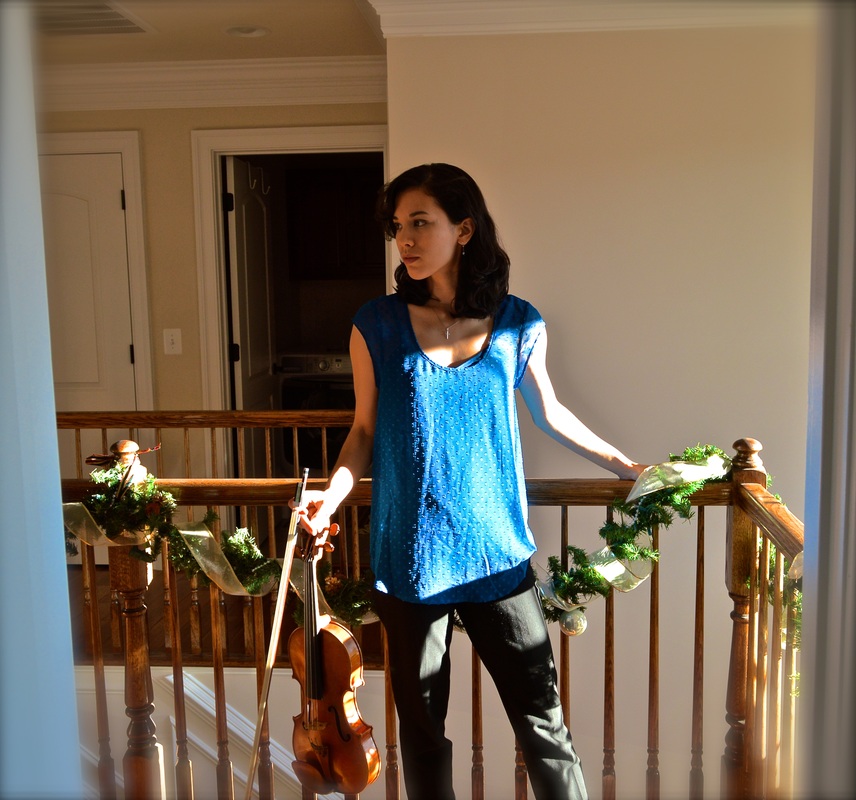
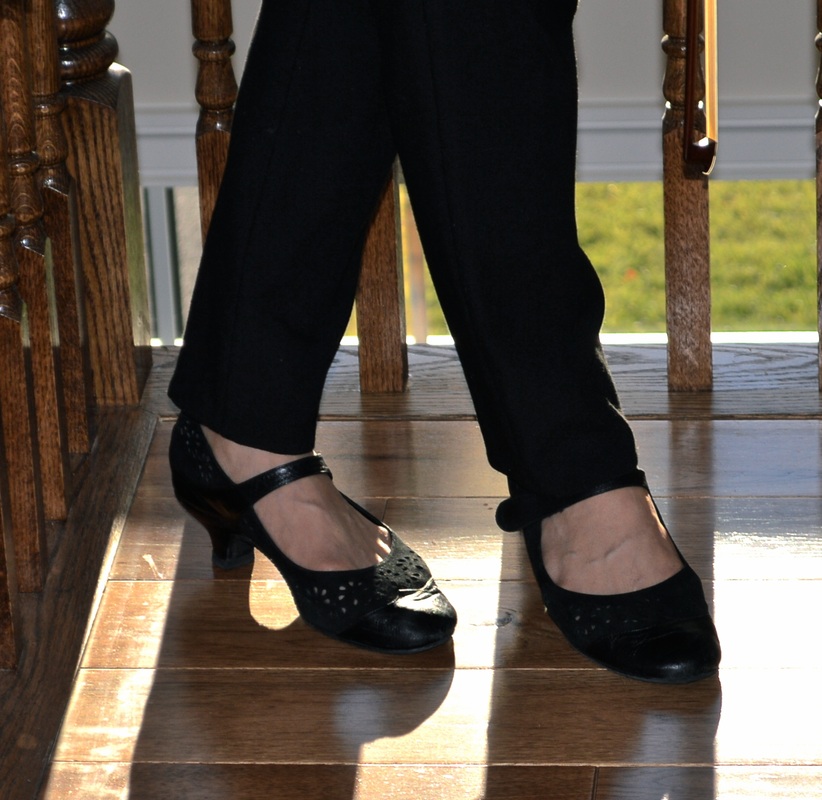
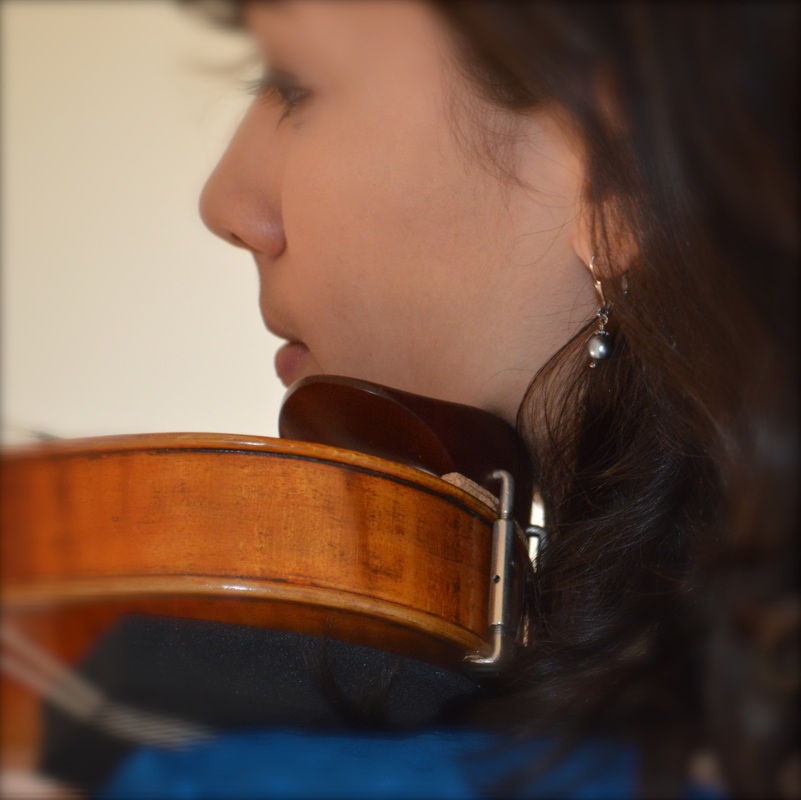
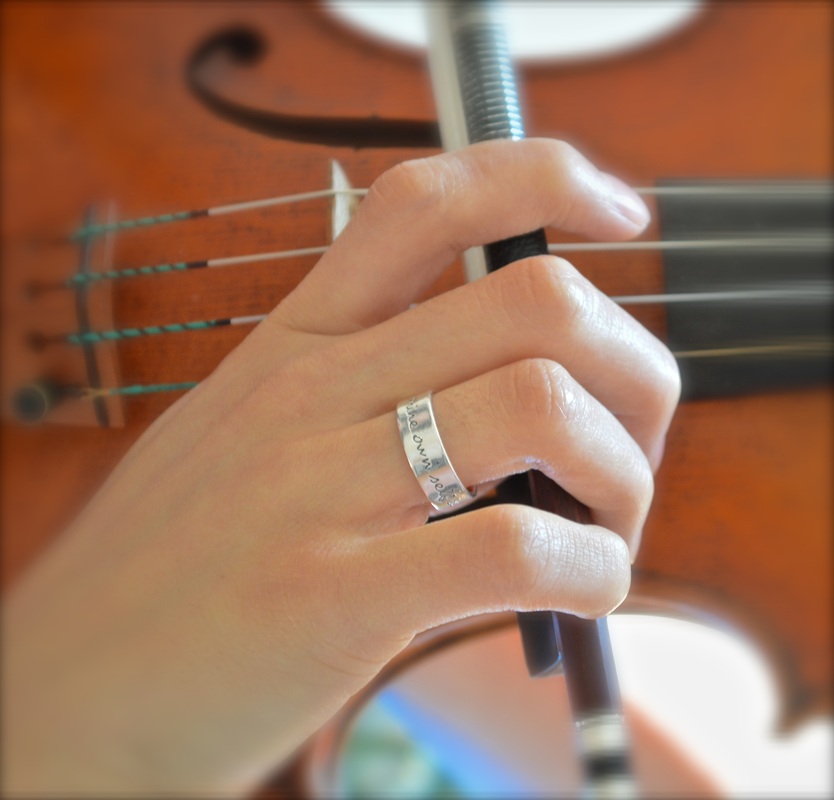
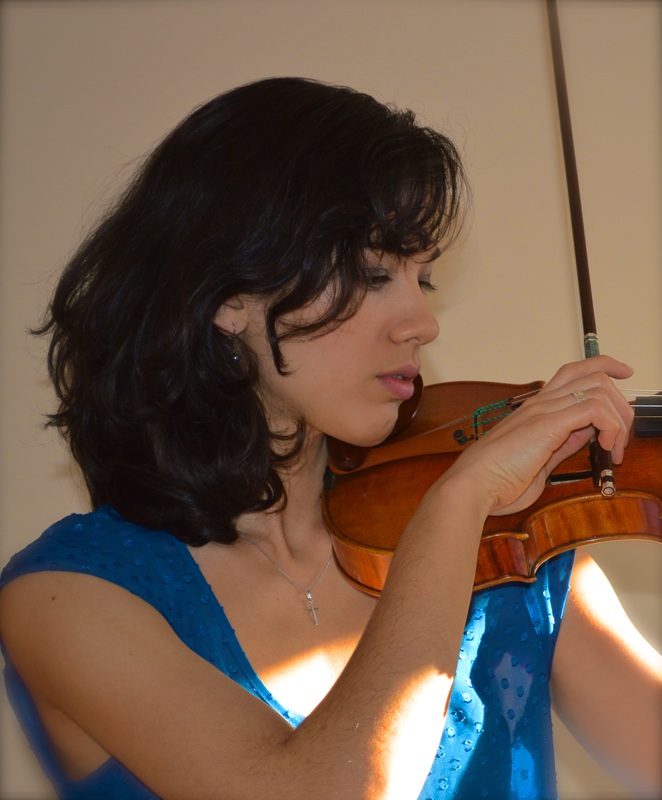
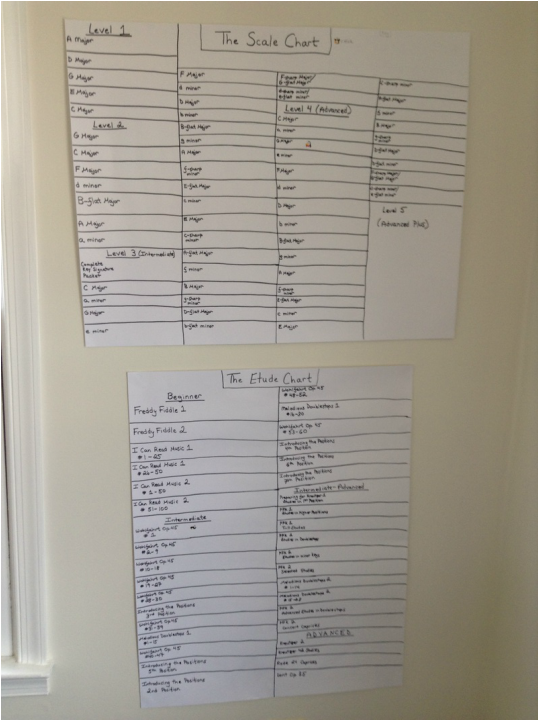
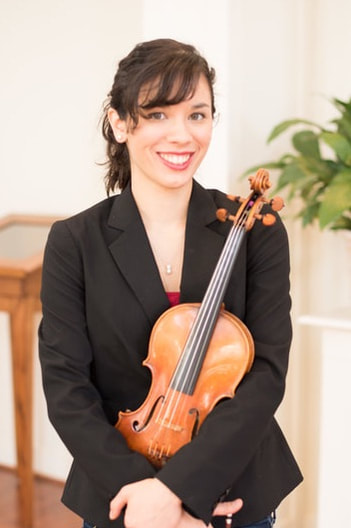
 RSS Feed
RSS Feed